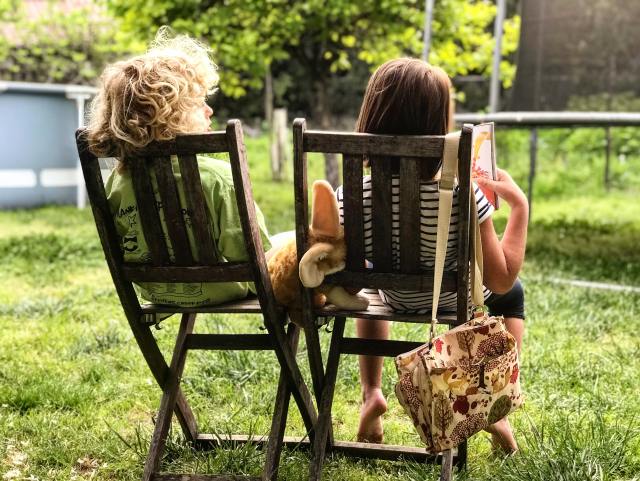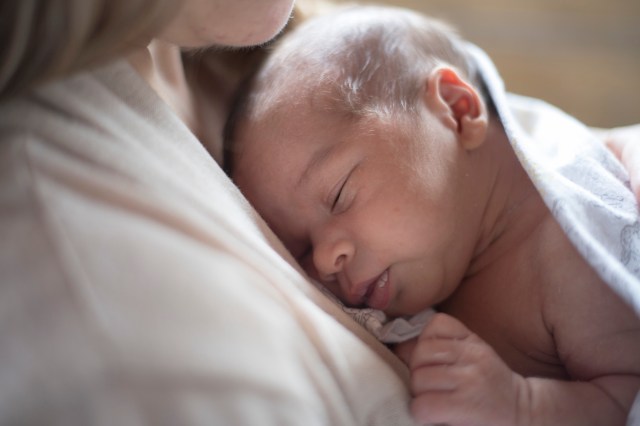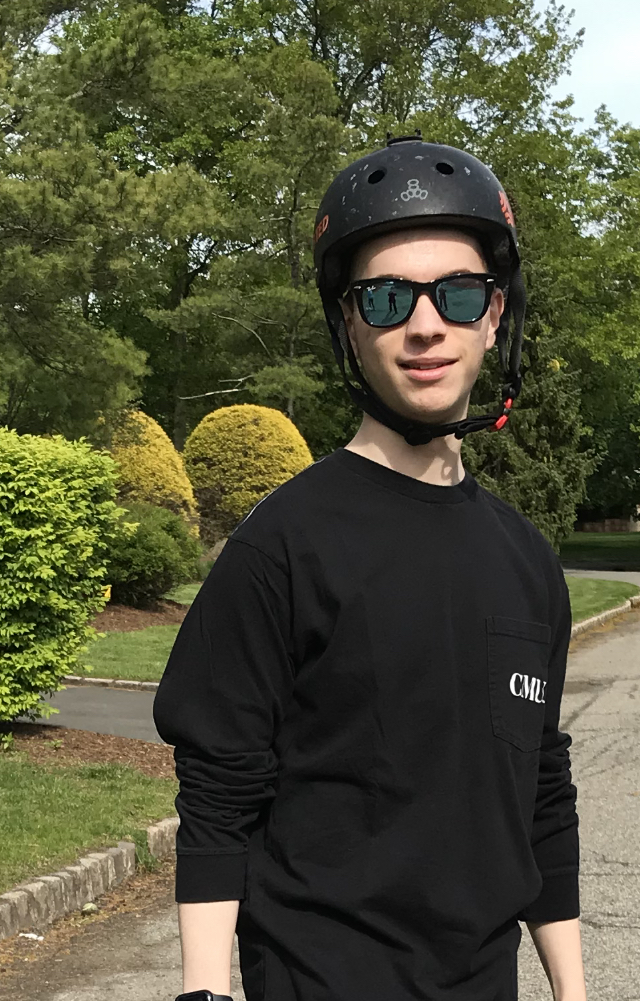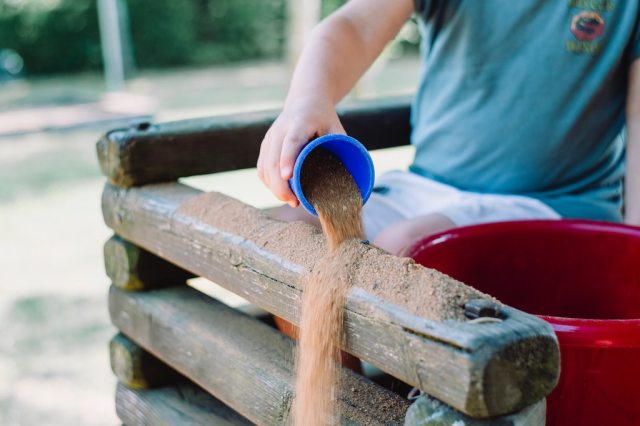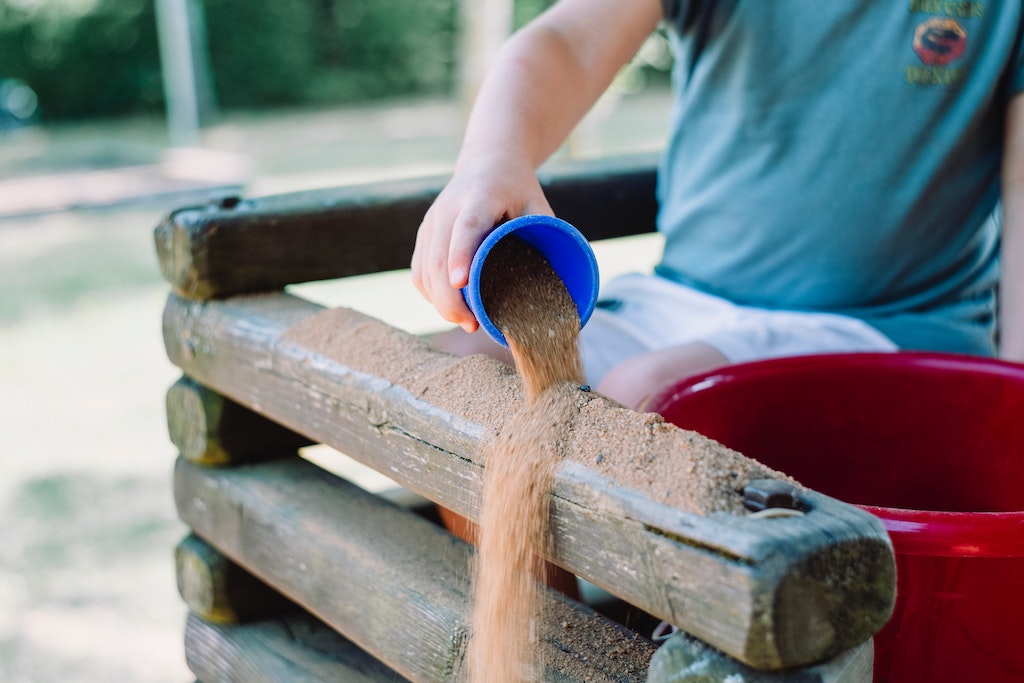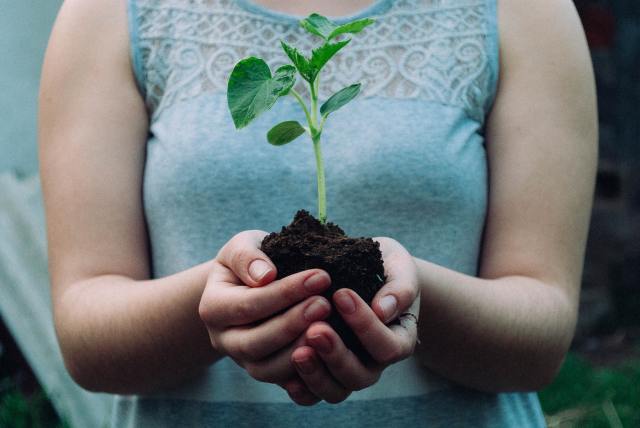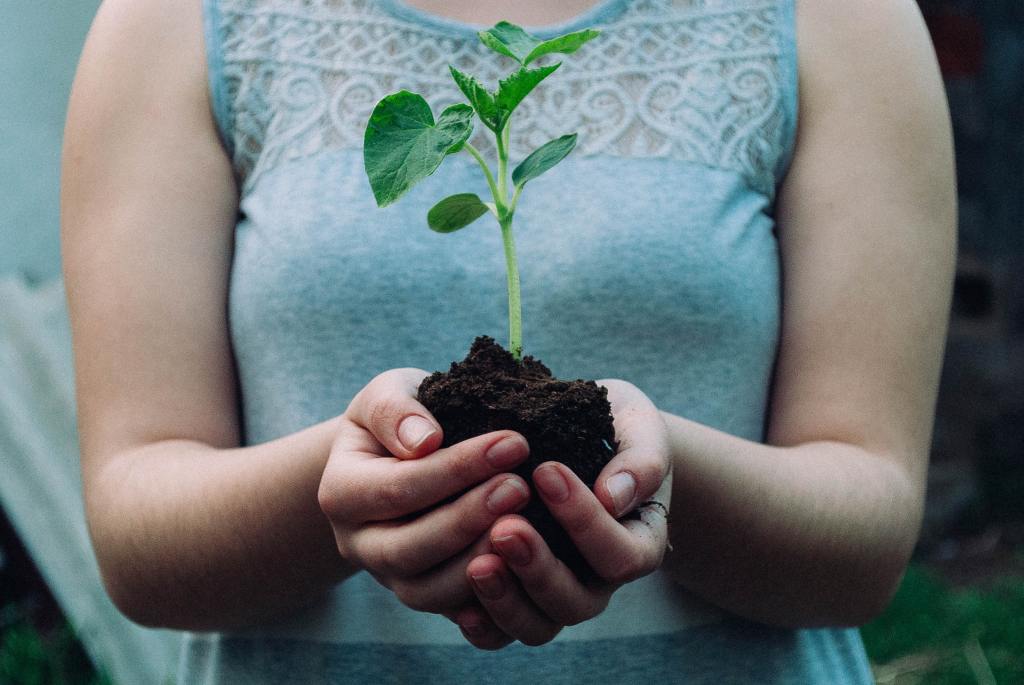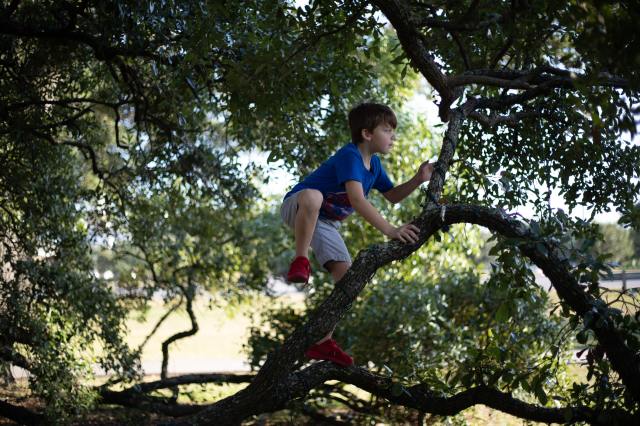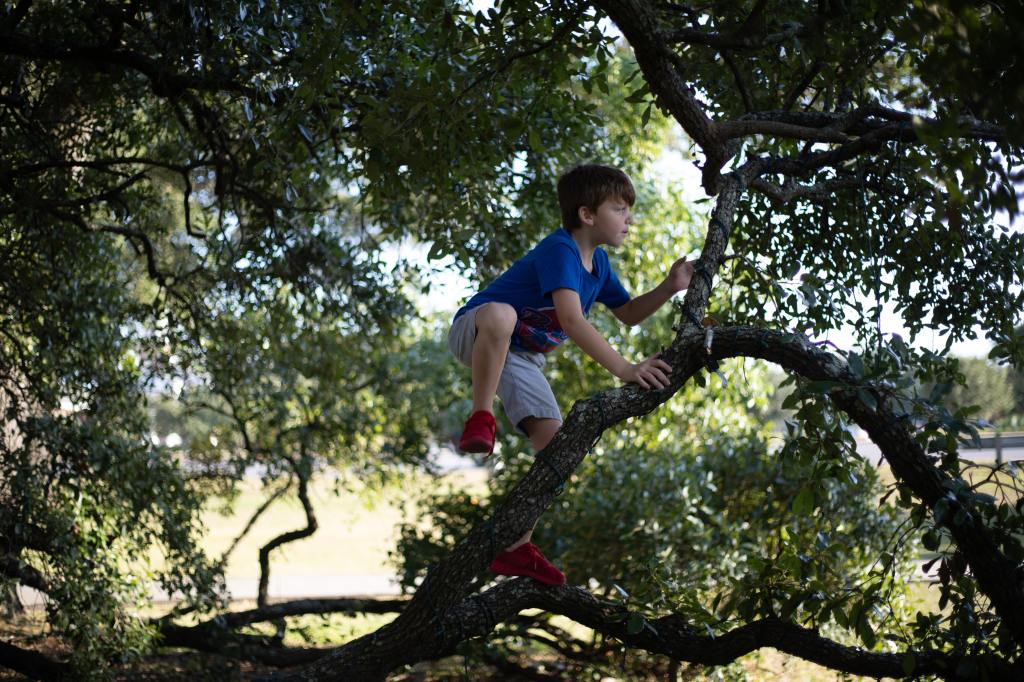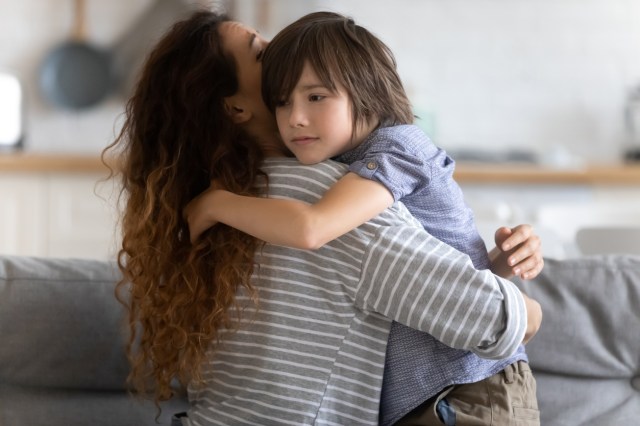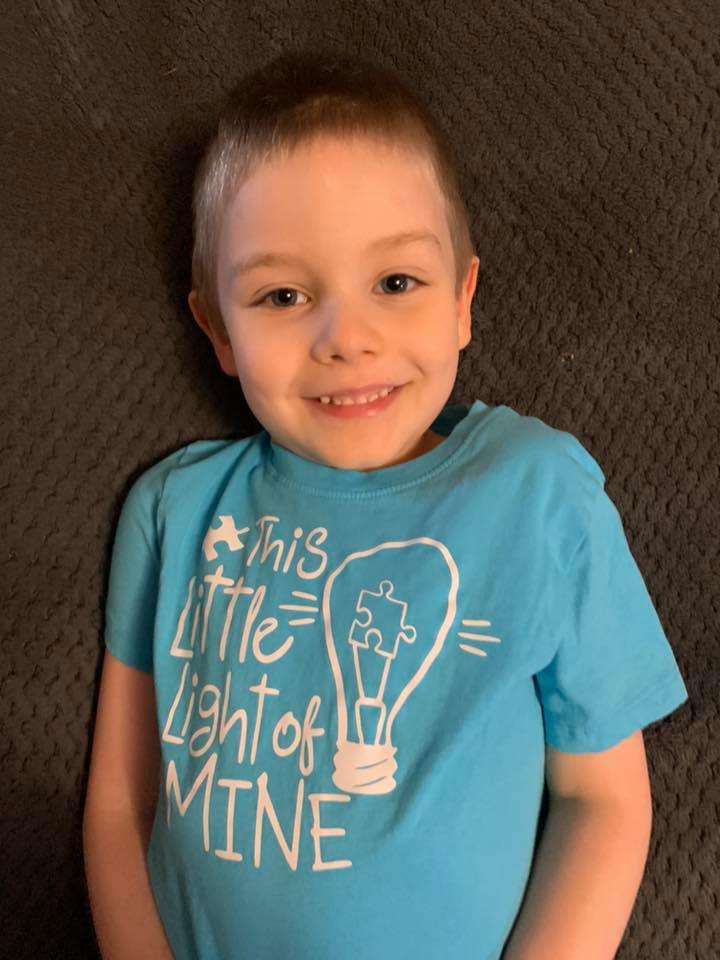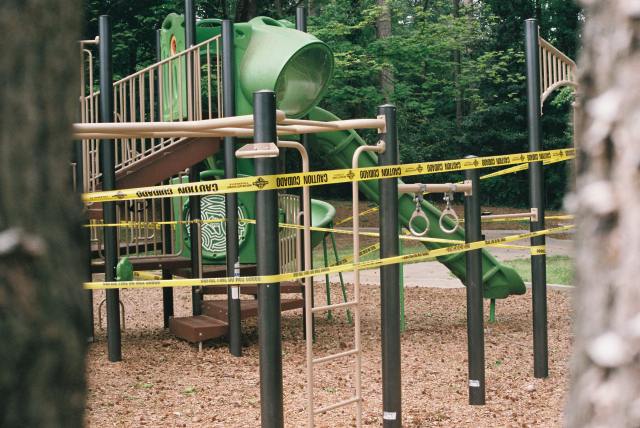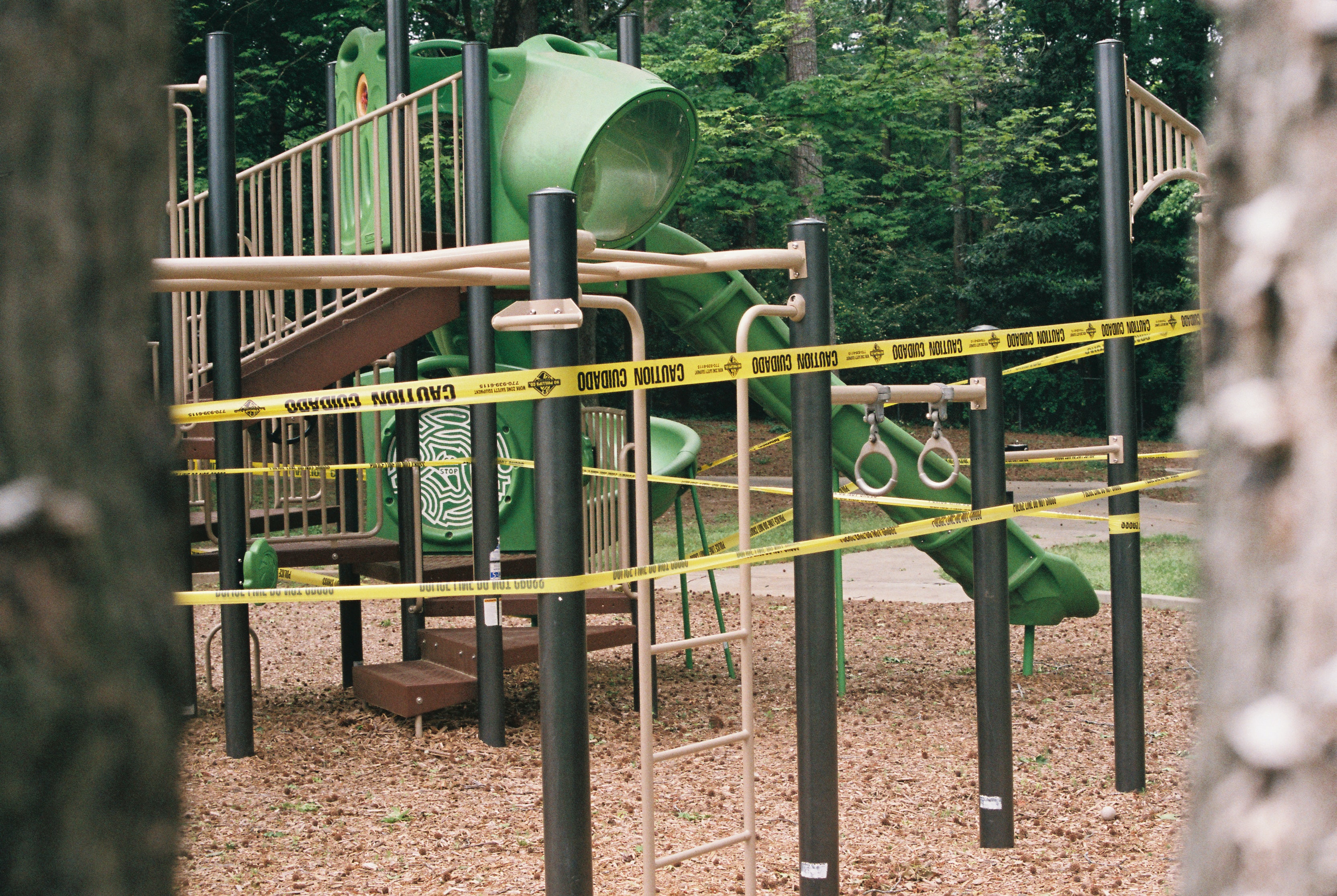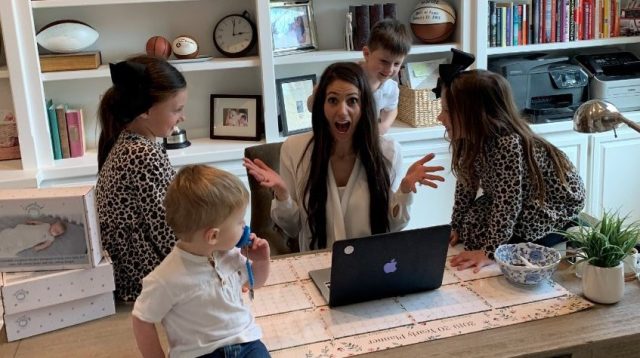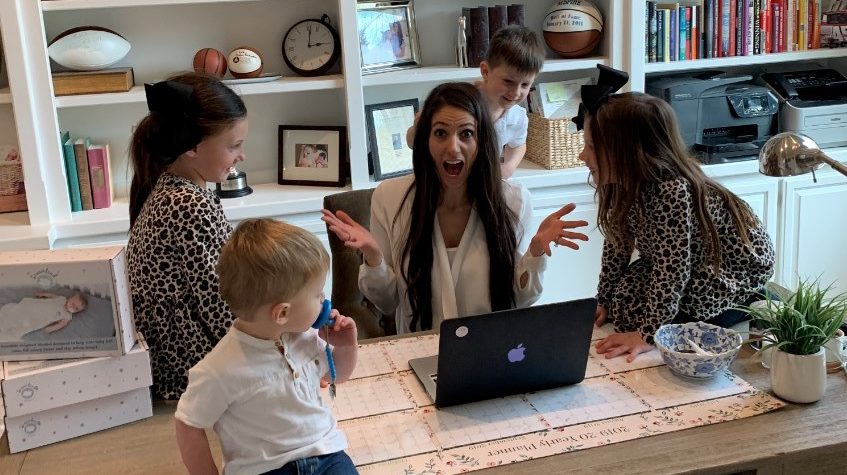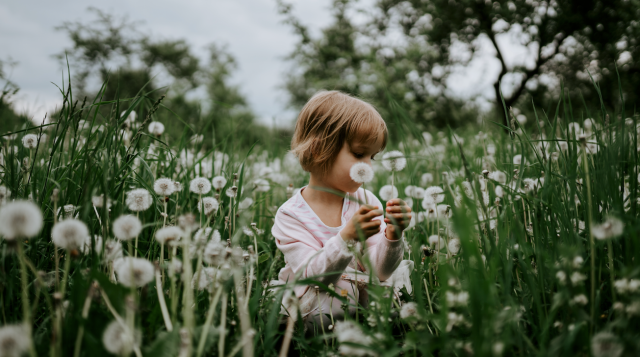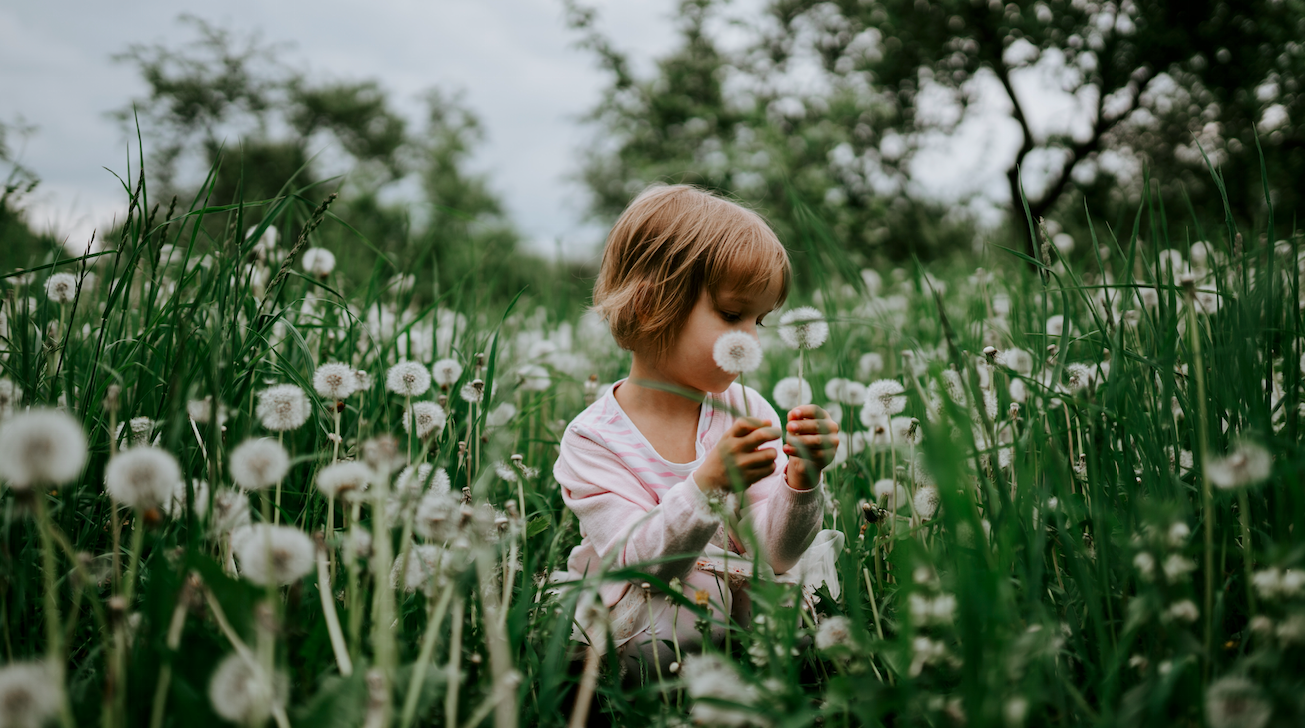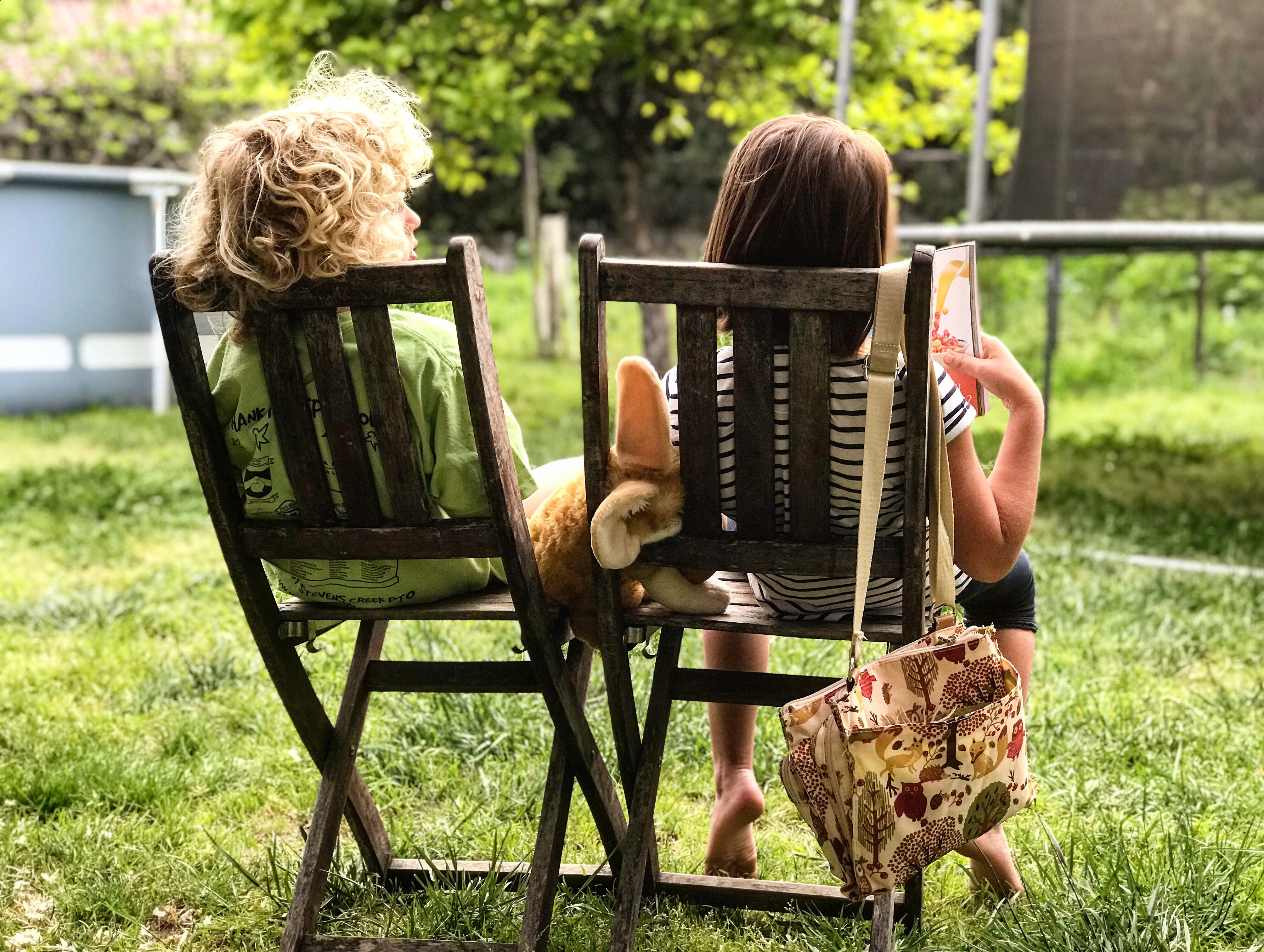
I reflect fondly on the nights reading bedtime stories with my two boys. I loved watching them scurry and giggle in their pajamas as I asked them to go pick out two or three of their favorite books from their bookshelf. Looking back, the stories that I loved reading the most were the ones which initiated a conversation that ultimately lasted longer than reading the book itself.
With that in mind, here are five children’s books (some old, some new), that touch on the importance of friendship and love and can easily spark an interesting discussion between a parent and child:
1. The Giving Tree by Shel Silverstein:
This Shel Silverstein classic focuses on the relationship that develops between a tall tree and a young boy. With simple words and black-line illustrations, Silverstein quickly draws the reader in as a believer of this unconventional friendship. It’s a warm and wonderful story, yet it is quite sad on some levels. The tree is so giving and loves the boy unconditionally. The boy takes what he is able to from this generous tree throughout his entire life. But who is happiest at the end: the individual who gives or the one that takes? It’s truly open to interpretation, which makes for a nice conversation. Parents and kids can talk about the importance of giving, equally weighted friendships, and the benefits of showing appreciation.
2. Love You Forever by Robert Munsch:
Our copy of Love You Forever is probably the most tattered of all our children’s books. Maybe it’s the colorful illustrations or the repetitive rhyming chorus, but it is a story that can be read over and over again. It is a confirmation of the heart-felt relationship parents have with their children and vice-versa. Life can be funny and each stage has a way of being awkward or self-serving, especially when we are kids. The text taps into how parents both “love” and “like” their kids, which in itself is a good conversation topic. The lump-in-the-throat moment is at the end of the book, when he rocks his mother, and then introduces the song to his infant daughter. After reading the book—plan on singing the song together, be prepared to talk about family dynamics, the concept of growing older, and how love (and like) endures the circle of life.
3. Avery’s Gift by Jonathan Hoefer:
Waking up in a dream-like setting, and discovering that she has lost all of her colors, Avery goes on a quest to find them with a new friend, Dalton. Though the story of Avery’s Gift is inspired by a heavier topic, this modern fable can be used to discuss the importance of love and friendship. After reading the story, parents can discuss the feeling of being lost or “colorless.” The journey within the story not only shows the importance of being open to making new friends, it also demonstrates how being generous and kind can bring “colors” into another person’s life. This book contains many metaphors of love and loss, with the opportunity for dialog to run deeper if the parent so chooses.
4. The Sandwich Swap by Kelly DiPucchio:
Friendships are built on strong foundations, especially in grade school. Forming true friendships is a wonderful process, though sometimes challenging. Through our formative years, we are introduced to many people with different families, backgrounds, and cultures. As simple as showing the oddities of a hummus sandwich and a PB&J, The Sandwich Swap embraces the beauty of friendship by appreciating the differences we all possess, not just recognizing what we have in common. In today’s climate, it is nice to point out what makes us unique and how these individual qualities can be the building blocks for a solid and true friendship. Let this book spark a conversation with your children about what makes them unique and what interesting aspects of their culture or heritage would they want to share with a new friend? What food do you serve as a family that could be viewed as odd to another person?
5. The Velveteen Rabbit by Margery Williams:
The Velveteen Rabbit is a classic tale of friendship, love, and becoming Real. The version illustrated by Don Daily is especially intricate and mesmerizing. There are so many life lessons that can be found inside this iconic story, but an interesting thing to point out is that the letter “R” is capitalized whenever the author uses the word ‘Real.’ The reason? According to the author, being Real is a very big deal, and worthy of its capitalization! The rabbit searched for friendship and love, and he found all of this with the boy who cherished him. This love created an abundance of self-worth in the rabbit, ultimately allowing him to become Real. Ask your young reader how the book made them feel? Does your child have a favorite stuffed animal? What would it be like if they loved it so much – it became Real? Do they ever feel like the velveteen rabbit? Use this book as an opportunity to tell your young reader how much you love them – it can make a real difference.
Children’s books are full of beautiful imagery and wonderful words. But, I find, some of the most intriguing words come from the minds of young readers sharing their thoughts about what was just read. Feel free to create your own prompts after reading your child’s favorite book and wait for their response. It might just be the best story you’ve heard all day.
RELATED:
5 Friends We All Need In Our Lives
Why You Need to Make Time for Friendships
